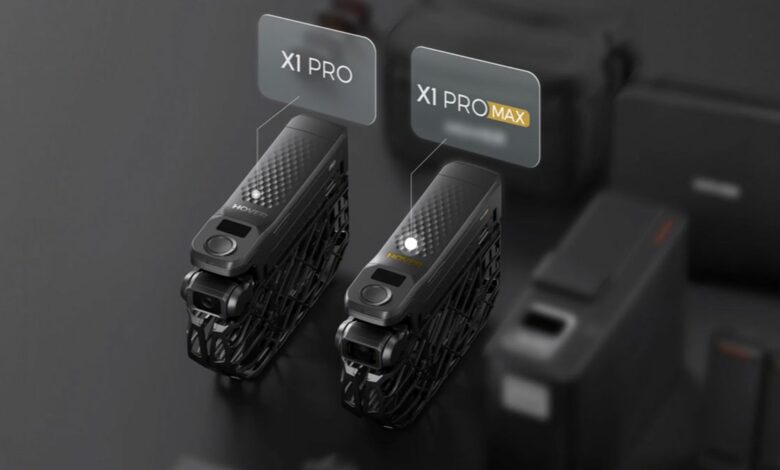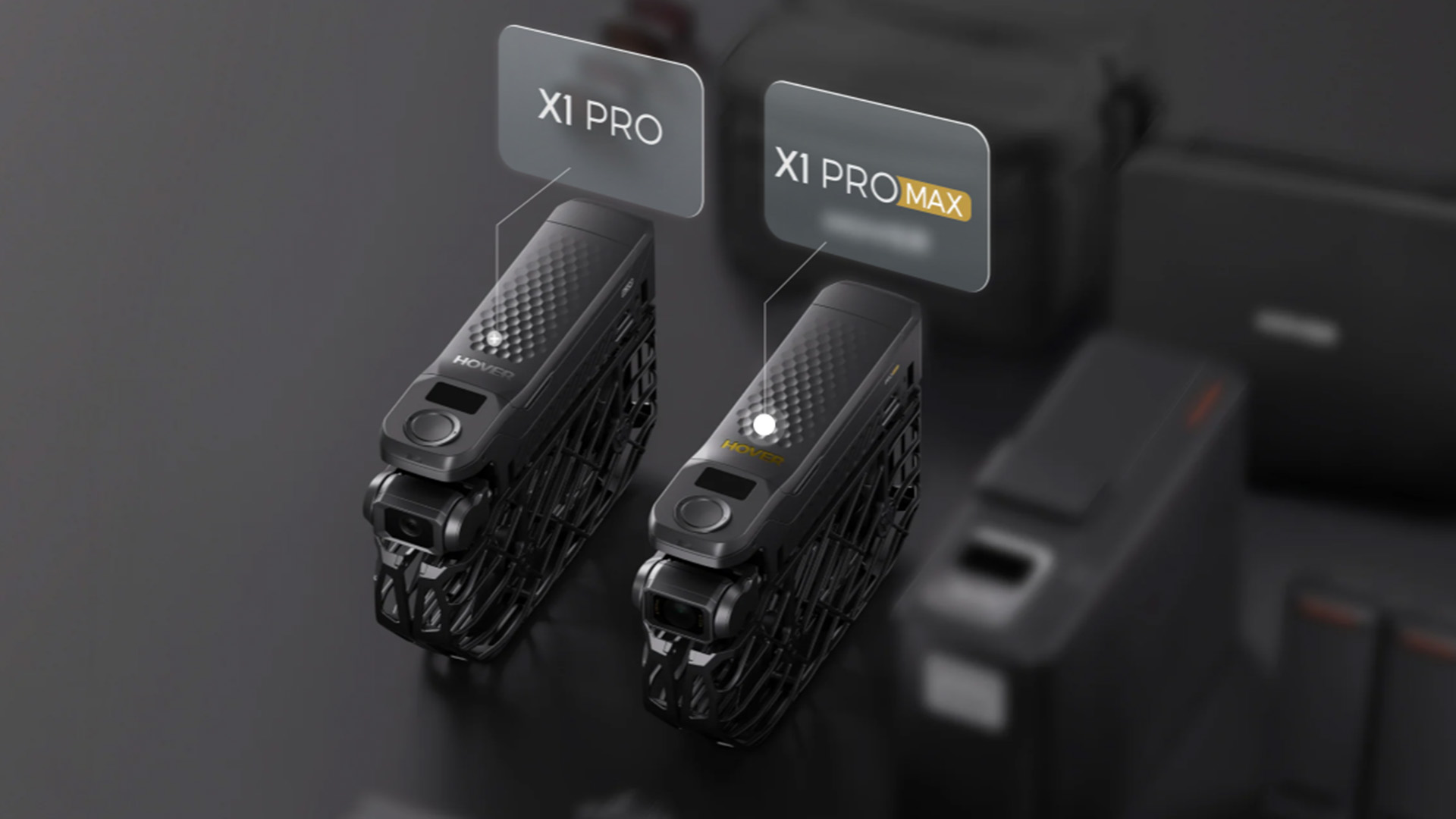HoverAir’s X1 Pro and Pro Max drones will soon be taking to the skies as a new preview surfaces online


HoverAir has quietly unveiled two new successors to its awesome X1 drone: the aptly named X1 Pro and X1 Pro Max. From what we can see in this exampleThe two devices offer multiple software updates and design improvements. However, the extent of their upgrades differs between them.
Their release comes at an interesting time, as a recent leak revealed that rival DJI is planning to launch its new Neo drone. The Neo is a lightweight device ostensibly aimed at beginners, while the HoverAir goes in the opposite direction. It focuses more on power.
The X1 Pro houses a 1/2-inch CMOS sensor alongside a 17mm wide-angle lens. Together, the camera is capable of shooting 4K resolution video at 60 FPS or 1080p at 120 FPS. It’s also faster than the previous modelwhich can reach a speed of up to 42 km/h (about 26 mph). DIY photographyindicate in their report that this is a good speed for tracking users who are cycling or jogging.
Unveiling the HOVERAir X1 PROOmni-Terrain that flies over water, snow, and cliffs, taking stunning low-light photos. Active rear collision detection allows for worry-free dolly track and zoom-out photos. 42 km/h tracking speed, 4K/60 fps, level 5 wind resistance – perfect for any adventure! pic.twitter.com/Ti0SCHES8XAugust 13, 2024
Hardware Upgrades
In terms of design, the drone isn’t as blocky as the outgoing X1. It has a sleeker design, though it is larger at 149 x 173 x 39mm and weighs 192g. In addition to the bulkier body, HoverAir has endowed the design with active collision detection on the back and, more importantly, the ability to fly over water, snow, and off the edge of a cliff.
If TheVerge explains that one of the problems with the X1 is its Visual Inertial Odometry (VIO) system. It uses this technology to position itself above the ground, but the sensors have trouble seeing “moving textures” like rippling water. As a result, the drone could fall out of the sky.
If you look closely at the top of the drone, you will see a button above a screen. It is unknown what this is for, as the function is not acknowledged in the preview. Online speculation suggests that it is for choosing unique flight paths.
8K recording
The X1 Pro Max shares many similarities with the Pro model, with the same dimensions, features, and a flight time of 16 minutes. There’s only one noticeable design difference that we can spot in the images: the company’s logo is written in gold letters instead of silver. Most of the major changes are internal.
Thanks to its 1/1.3-inch CMOS sensor and 16mm wide-angle lens, the Pro Max can record 8K resolution video at 30 FPS and 4K video at 60 FPS or 120 FPS for slow-mo content. Footage is saved in the 10-bit HLG format, which gives users “enough detail and color information to correct many issues” during editing. Additionally, it has a “vision-based” collision detection system and supports Wi-Fi 6.
That’s about all the important information we can gather for now. There’s still a lot we don’t know, like how much each model will cost, when they’ll launch, and what are those blurry accessories on the HoverAir preview page? If we had to take a wild guess, we’re probably looking at carrying cases, spare batteries, and a charging station.
We’ll just have to wait to find out more, and it looks like it won’t be long now. While we’ve got you, be sure to check out TechRadar’s list of the best beginner drones for 2024.




